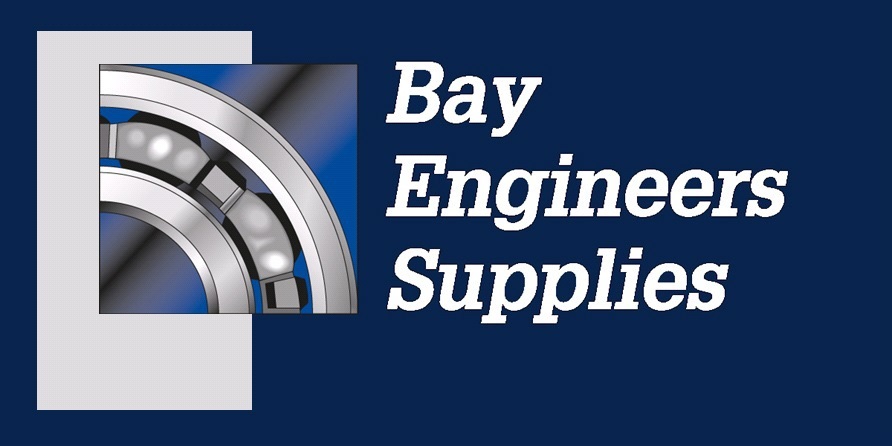Hammer Time? Use your hammer safely!

Hammer Safety
Hammers are considered one of the most commonly found tools on a worksite, in a garage or in a DIYers toolbox.
A hammer seems to be a very easy tool to work with but you still need to use them properly as they can be very dangerous when they are not treated respectfully.
We suggest choosing a quality hammer when considering purchasing a new one for your toolset. A well made hammer is likely a safer hammer compared to some of the cheaper versions on the market. Look at your new hammer purchase as an investment. Depending on how often you use it you'll likely get many years of life out of a quality manufatured tool.
Bay Engineers Supplies has created this list of Hammer safety guidelines to keep you safe during Hammer Time!
- Wear safety glasses or goggles - always. It only take one fragment of steel or wood to ruin your vision for a lifetime. Safety first!
- Practice makes perfect! The more hammering you do, the better you get at it. Becoming a hammering expert takes time. Get to know your new hammer.
- Steel surface + steel hammer = trouble. If you feel inclined to hammer a hard steel surface with your steel hammer beware of flying steel fragments.
- Steel hammers are not meant to be used on stone, concrete or hard metal objects.
- The hammer handle is for holding. Do not strike anything with the Hammer's handle or use it as a pry bar.
- Be sure to strike the surface of what you are hammering squarely.
- If your hammer has a mushroom face or siginicant chips, get a new one.
- Replace broken, cracked or loose handles to avoid injury.
- Hammers with cracked claws, or eye sections are an accident waiting to happen. Get rid of them.
- Check for slippage. If your handle doesn't fit tightly on the head don't use it.
Be sure to log in or create a new web account with us to recieve additional savings on hammers and othe products site wide!

